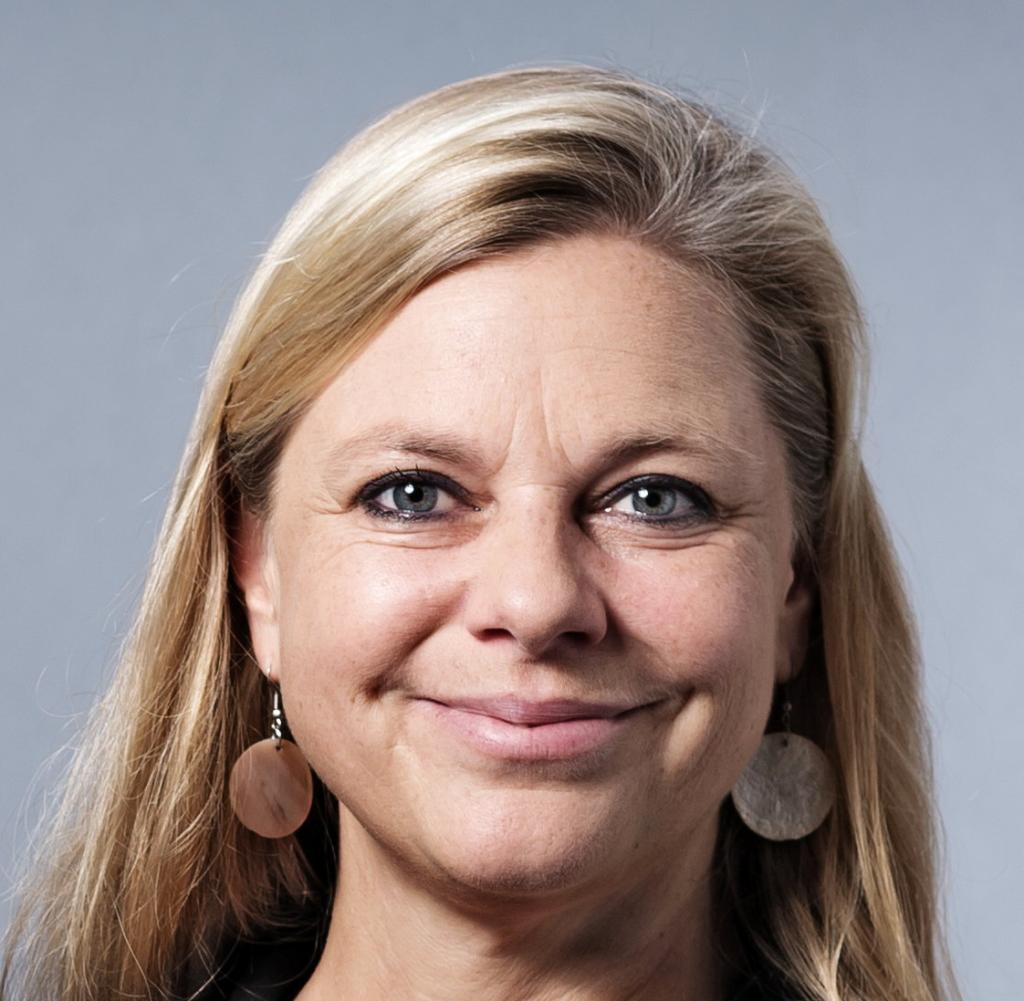If one of the four students in the advanced physics course in Niesky, Saxony, wants to speak, he has to grab the big blue foam cube and speak into the microphone built into it. At the Friedrich Schleiermacher Gymnasium in the small Saxon town near the Polish border, there are few students – and even fewer teachers. The physics students are therefore connected to the lesson via screen, which takes place 20 kilometers south at the Curie Gymnasium in Görlitz. There are 17 students there, along with a physics teacher, who is as valuable as gold dust in times of teacher shortages.
According to a calculation by the Standing Conference of the Ministers of Education and Cultural Affairs of the Länder in the Federal Republic of Germany (KMK), there is currently a shortage of almost 16,000 teachers in Germany. The forecast: By 2030, there could be a shortage of 31,000 teachers. Other estimates are much more pessimistic. The renowned education researcher Klaus Klemm expects a shortage of 85,000 teachers by 2035. The German Economic Institute considers Klemm’s calculations to be much more reliable than the KMK forecast.
One of the main reasons for the misery is a miscalculation. Every single federal state should actually calculate and plan its teacher requirements – around seven years in advance. That is how long it takes to complete a degree and traineeship. Nevertheless, in recent years, teacher training places have been cut in many places in order to save money.
Even if the connection sometimes breaks down during video conference lessons or the face freezes on the screen, students, teachers and politicians agree. The concept of transmitting lessons to rural areas via video link is better than not allowing an advanced course to take place or even cancelling specialist lessons altogether.
“The positive experiences so far may motivate other schools to take this path,” says Education Minister Christian Piwarz. The hybrid teaching pilot project proves that even smaller schools in rural areas can offer a broad and good education and offer their students the same opportunities as in the big city. And the CDU politician explains: “We must use the concept of hybrid teaching to make the education system fit for the future, even in times of declining student numbers and a shortage of teachers.”
The Free State recently created a concept called “Educational State Saxony 2030” with a bundle of measures. Among other things, schools are to teach more future skills in the future – and less factual knowledge. Concepts such as hybrid teaching are being expanded. Digital self-learning modules are also being developed that convey learning content via video and provide interactive tasks. Digital teaching is an essential building block in enabling students to participate in the major shortage subjects of mathematics, physics, chemistry, art and music in the future.
In March, the education ministers also decided to open up teacher training: from now on, you can become a teacher with just one subject. It is now also possible to take a dual teaching degree, where students teach in schools – initially with supervision – in parallel to their training and are paid for it. There will also be a new master’s degree for career changers, so that bachelor’s graduates can easily switch to a teaching career. But these are medium- and long-term measures. There must also be short-term solutions for the children who will start the new school year in six weeks.
Some federal states are therefore working on concepts similar to those in Saxony. In Mecklenburg-Western Pomerania, for example, a so-called digital state school is even set to be launched in the coming school year. It should be imagined as a school without a school building, according to the Schwerin Ministry of Education. If a teacher falls ill, there is a need for support, or there is simply no specialist teacher to be found, the school management there can already fall back on individual modules in the main subjects.
“We want to expand the training courses further in the future,” reports Education Minister Simone Oldenburg (Left Party). “Our goal is to hire teachers for the Digital State School in the subjects German, mathematics and English, who will develop these and other offers. Then there will also be digital consultation hours.”
Beyond the digital plans, there are a number of other strategies to address the problem of a shortage of teachers. For example, the state ministries of education are increasingly offering scholarships, allowances or relocation assistance to attract teachers to underserved regions.
For example, the Bavarian Ministry of Education pays a regional bonus of 3,000 euros if teachers decide to work in areas where there is a severe shortage.
Teachers in Mecklenburg-Western Pomerania receive a monthly allowance of 424.25 euros if they take up a position in a rural area that is particularly hard to fill. The Schwerin Ministry even organizes bus tours to the countryside for student teachers from Rostock and Greifswald. There they are given guided tours and can ask teachers about their lives in the provinces. Travel costs are reimbursed for internships in the countryside, and there are flat rates for accommodation and meals.
In North Rhine-Westphalia, teachers at primary schools and special schools are relieved of their workload by so-called everyday helpers so that the teachers can concentrate on teaching. They help with things like preparing classrooms, handing out materials or tying shoelaces.




